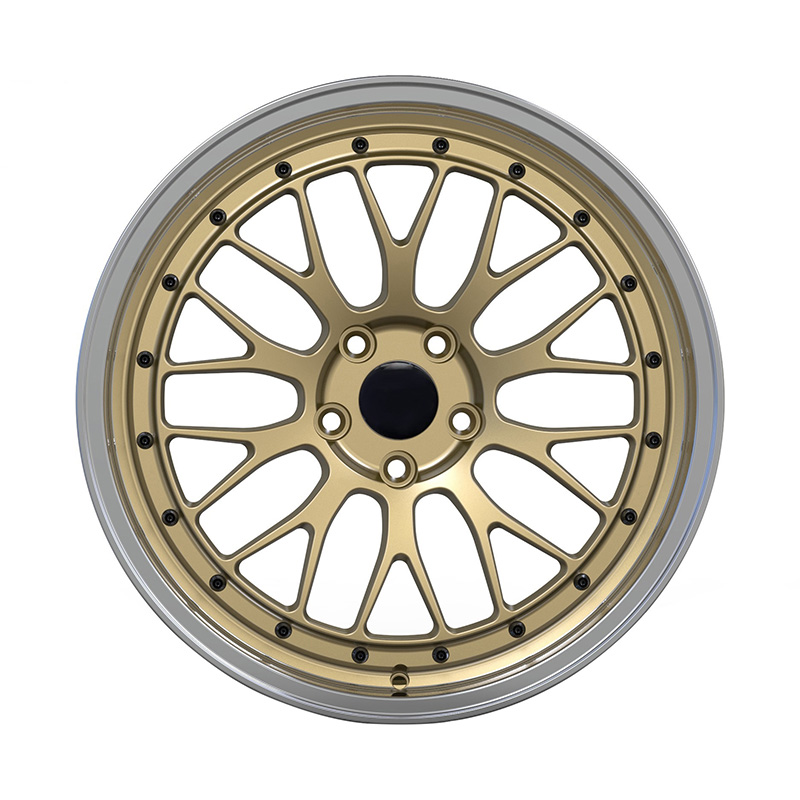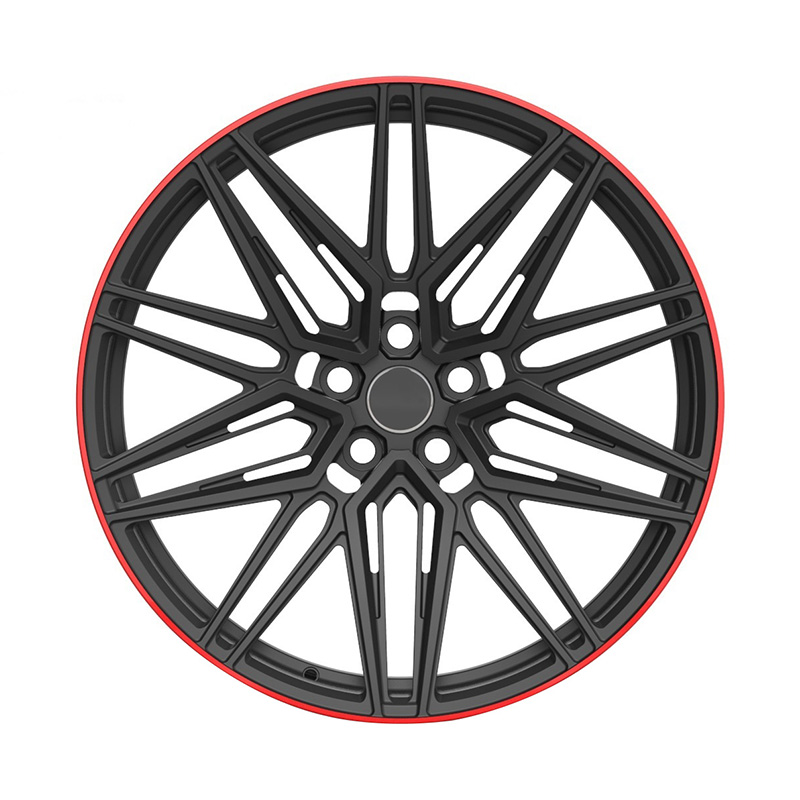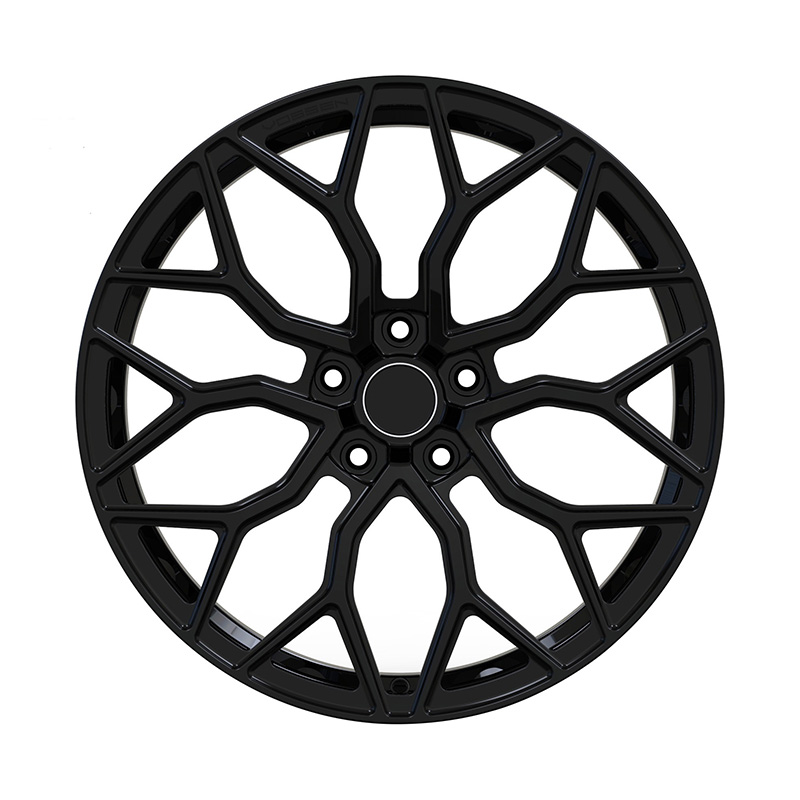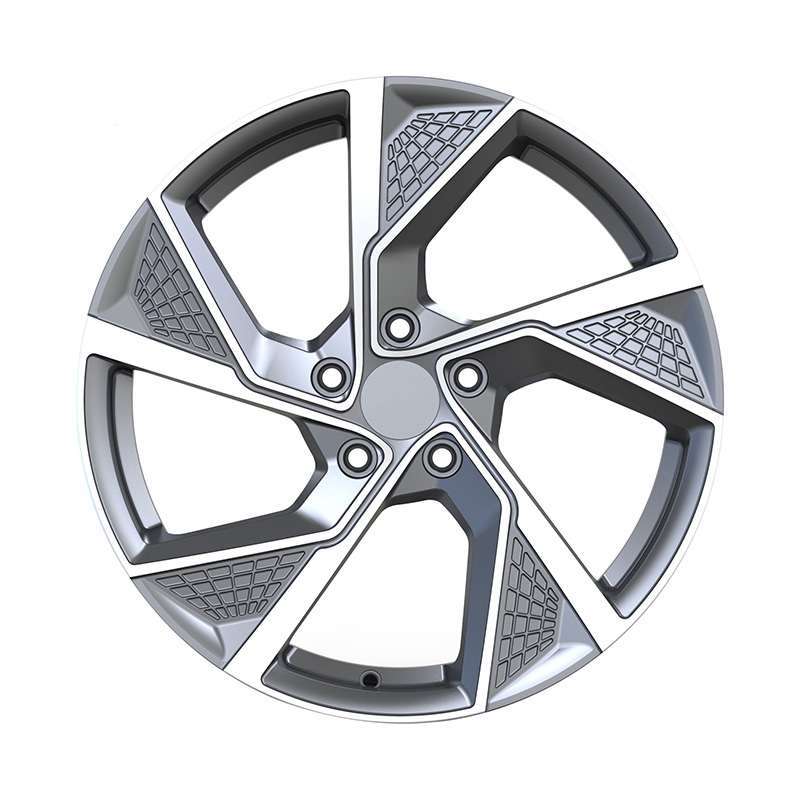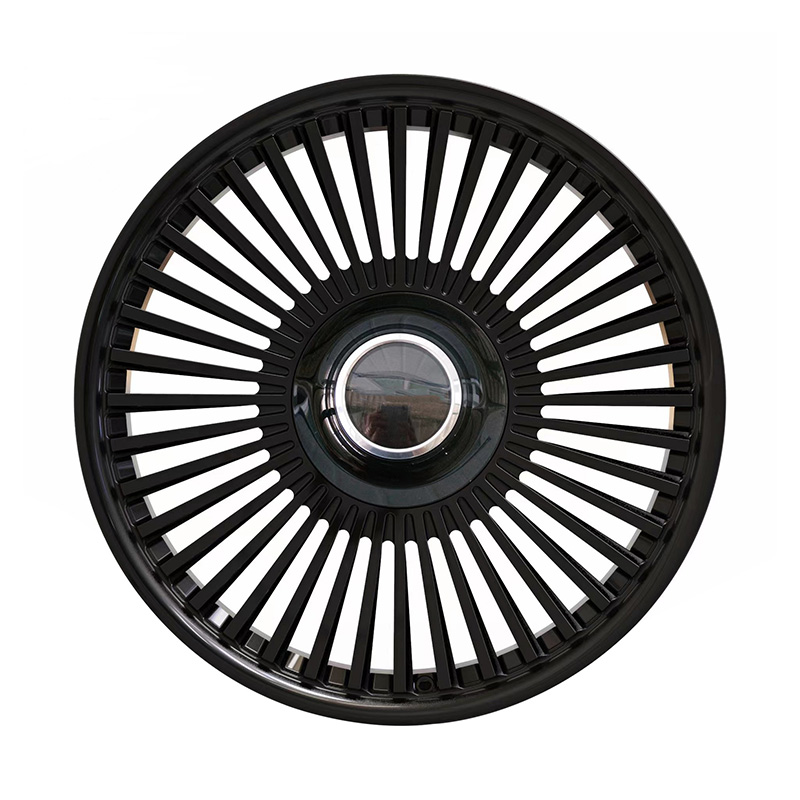
Submit
Submit feedback
How Do Japanese, German, and American Cars Differ in Forged Wheels?
2025-10-24
When modifying a vehicle, one of the most impactful upgrades involves replacing standard wheels with aluminum alloy forged wheels. These wheels not only enhance aesthetics but also influence handling, acceleration, braking, and fuel efficiency. However, the effects of forged wheel modification vary depending on the vehicle’s origin and engineering philosophy. Japanese, German, and American cars each have distinct design priorities, and these differences become evident when aluminum alloy forged wheels are introduced.
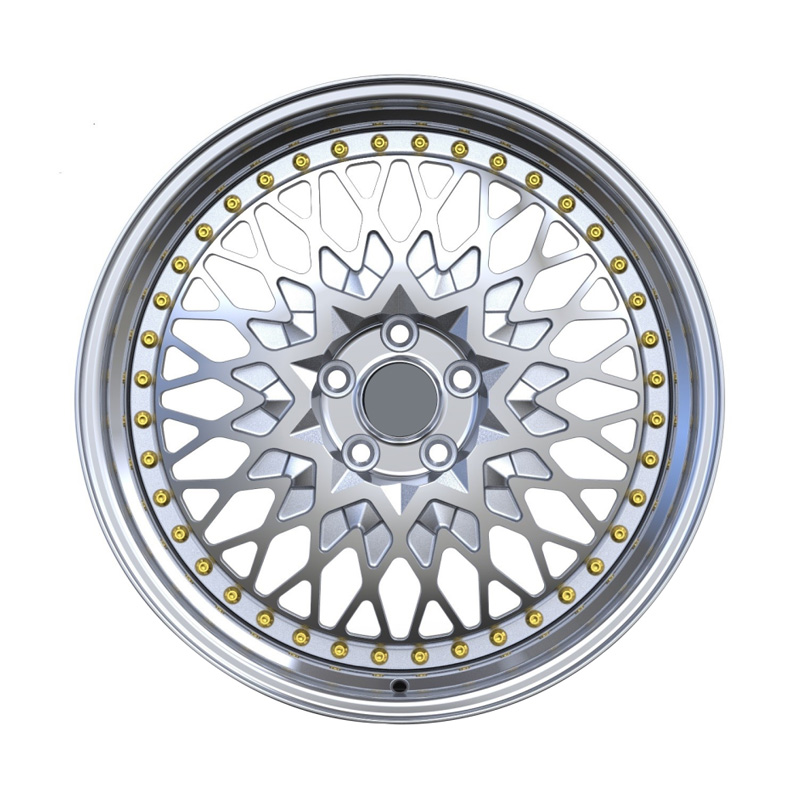
1. Engineering Philosophies and Vehicle Design Foundations
The performance of forged wheels begins with the underlying engineering principles of the vehicle. Japanese cars often emphasize lightweight construction, balance, and efficiency. Brands such as Toyota, Honda, and Nissan design vehicles with precise weight distribution and agile steering response. Consequently, when fitted with forged aluminum alloy wheels, Japanese cars benefit significantly from the reduction in unsprung weight. The lighter wheels complement the already nimble chassis, enhancing cornering speed and responsiveness.
German automakers, on the other hand, tend to prioritize stability, precision, and high-speed performance. Companies such as BMW, Mercedes-Benz, and Audi engineer vehicles with solid structural rigidity and advanced suspension systems. Their cars are often tuned for autobahn-level speeds, where stability and control are vital. Forged aluminum wheels further support this focus by providing improved strength and resistance to deformation at high velocities. However, since German vehicles are typically heavier and already optimized for stiffness, the relative improvement in agility might be less dramatic than in Japanese models.
In contrast, American cars traditionally emphasize power, durability, and straight-line acceleration. Brands like Ford, Chevrolet, and Dodge produce vehicles with larger engines and stronger frames. When aluminum alloy forged wheels are added, these cars experience benefits in acceleration and braking efficiency due to reduced rotational mass. However, the suspension systems of many American models, especially muscle cars, are not as finely tuned for lightweight dynamics as Japanese or German counterparts. Therefore, the full handling benefits of forged wheels may require additional suspension adjustments.
2. Material and Manufacturing Considerations
Aluminum alloy forged wheels are produced through a high-pressure forging process that compresses the metal into a denser and stronger form. This technique results in improved structural integrity compared to cast wheels. Japanese wheel manufacturers, such as Rays Engineering and Enkei, are known for their advanced forging technologies and emphasis on weight reduction. Their wheels are often optimized for balance, providing an ideal combination of lightness and durability for smaller, high-revving cars.
German wheel manufacturers, such as BBS and OZ Racing, focus on precision engineering and high-load tolerance. Their forged wheels are designed to maintain structural rigidity under extreme lateral forces, a necessity for high-speed driving and performance track conditions. The result is a wheel that maintains shape integrity even under sustained stress, aligning well with the demands of luxury and performance sedans.
In the United States, forged wheel manufacturers like HRE and Forgeline prioritize customization and strength. Their products cater to a wide range of applications, from racing to off-road performance. American forged wheels tend to feature thicker spokes or reinforced designs to handle high torque outputs, especially in vehicles with powerful V8 engines. While this may add some weight compared to ultra-light Japanese wheels, it ensures durability and safety during intense acceleration or heavy-duty use.
3. Performance Impacts During Modification
When aluminum alloy forged wheels are installed, the differences in handling and performance become noticeable. Japanese cars often exhibit the most visible improvements in agility. The reduction in unsprung mass sharpens steering response and enhances ride comfort. These vehicles, already designed for efficiency and precision, gain an even more balanced driving feel.
German cars, with their advanced suspension systems and rigid frames, benefit from improved braking consistency and cornering stability. The strong forged structure complements the precise tuning of the suspension, particularly in performance-oriented models like the BMW M series or Audi RS line. The reduction in wheel weight also reduces braking distances slightly, which contributes to a smoother and safer high-speed driving experience.
American cars experience the most pronounced benefits in acceleration and straight-line performance. The lighter wheels reduce rotational inertia, allowing engines to deliver power more efficiently. For muscle cars and sports coupes, this means quicker throttle response and slightly improved fuel efficiency. However, to fully exploit these gains, some tuning of suspension components may be required to balance the lighter wheels with the car’s heavier frame.
4. Balancing Aesthetics and Functionality
Beyond mechanical performance, forged wheels enhance the visual appeal of all three categories of vehicles. Japanese cars often adopt minimalist, race-inspired designs, while German cars favor sophisticated, elegant styles that match their luxury image. American cars frequently feature bold, aggressive wheel designs that emphasize strength and individuality. Regardless of the region, forged wheels combine functionality with style, creating a satisfying balance between performance and visual enhancement.
recommend products
-
Zhenlun Multi Spokes Split Monoblock Forged Wheels Bronze With Silver Lip Edge
-
Zhenlun Matt Black With Red Lip Monoblock Forged Wheels
-
Zhenlun Gloss Black Monoblock Forged Wheels Gloss Black For Sports Car
-
Zhenlun Monoblock Forged Wheels Lightgrey With Machined Face
-
Zhenlun Monoblock Forged Wheels Gloss Black Dense Multi Spoke

 0
0

